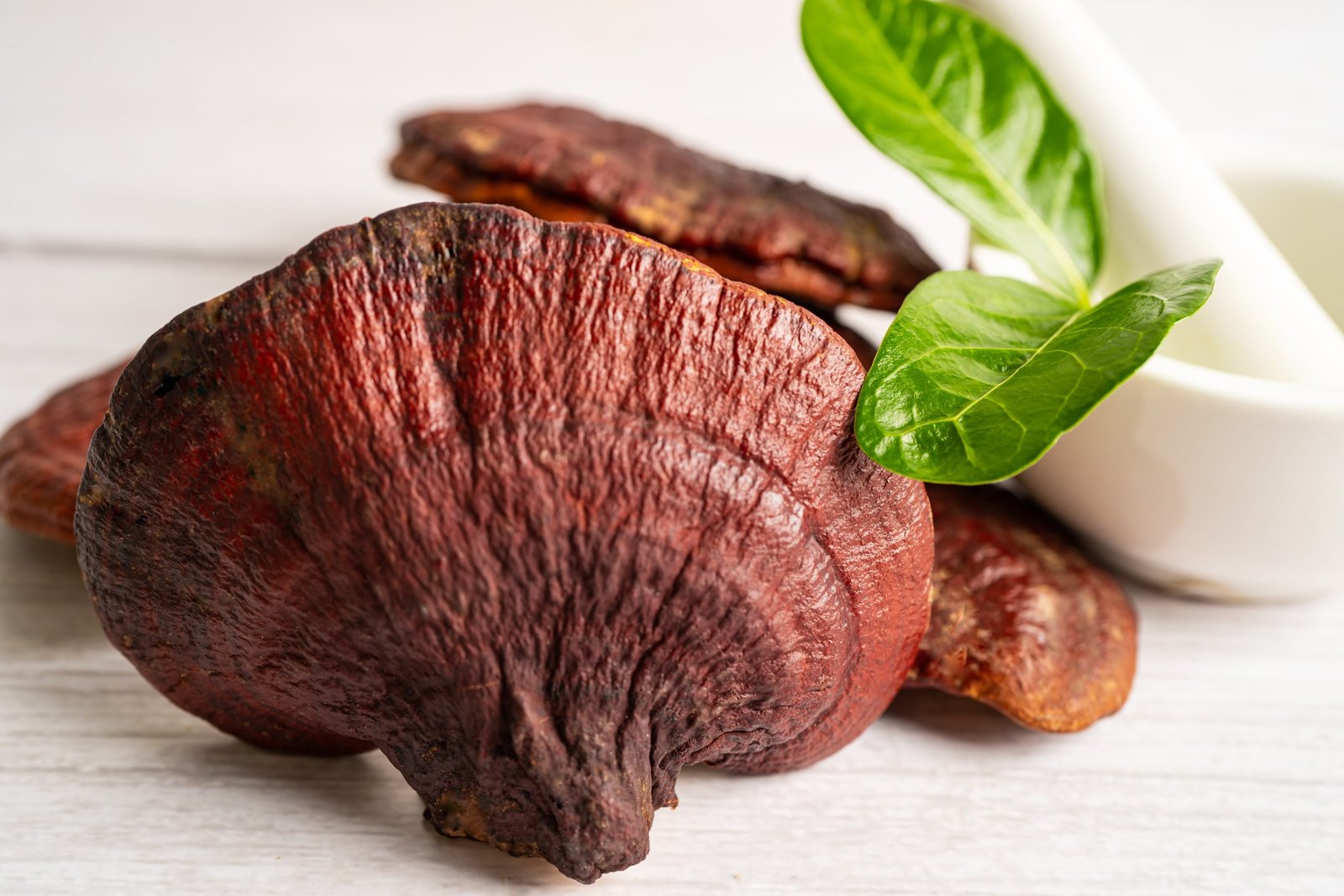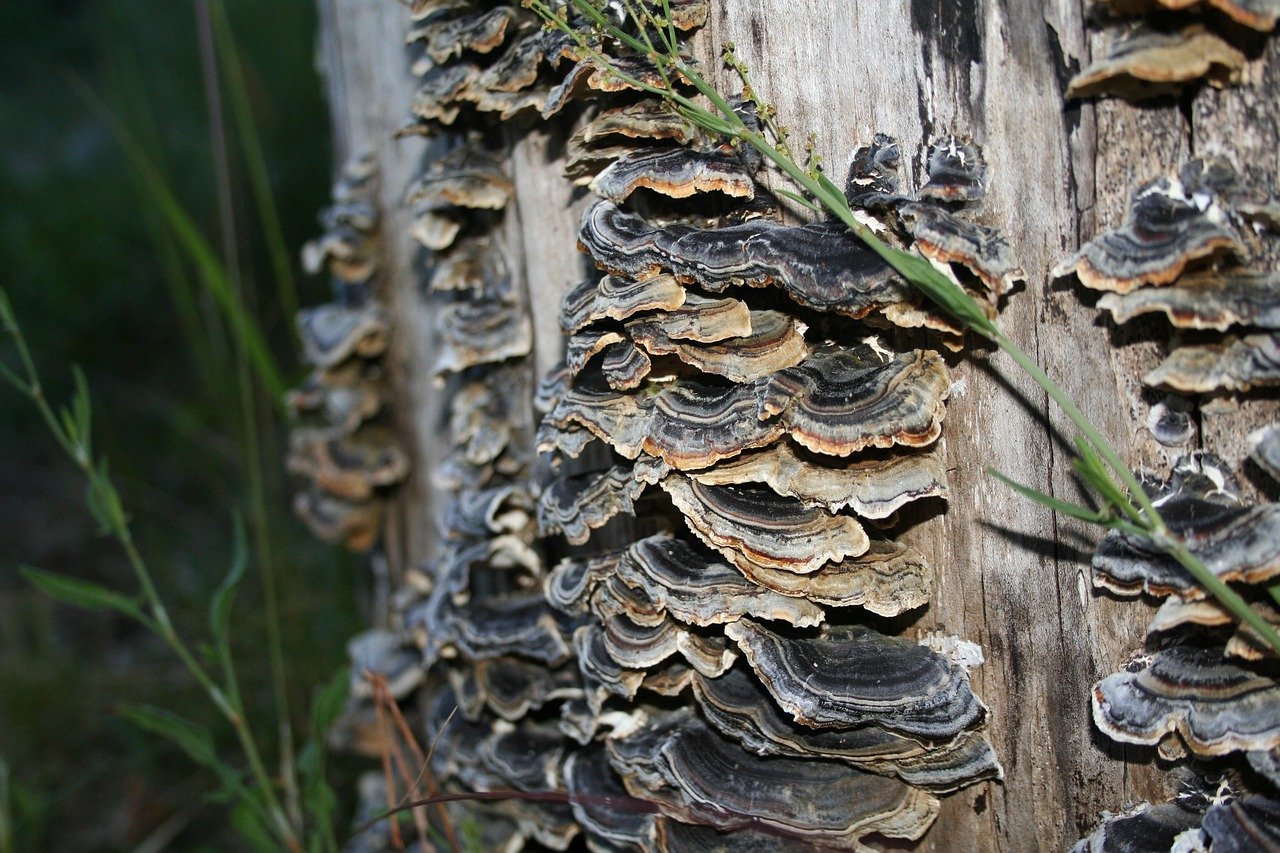In our world filled with flashy gadgets and processed food, it’s sometimes easy to forget about the simple and natural things. But, did you know there’s a magical food that has been around for thousands of years and is just as exciting? It’s the Chaga mushroom! The Chaga, also known as Inonotus Obliquus, has an exciting story and some powerful healthy traits that we’re going to explore
Now, Chaga isn’t a mushroom you’d want to put on your pizza. It’s hard, almost like wood, and to harvest it, you would need tools like an axe or a saw. Often, you may need a ladder to reach it because it grows high up in trees. People in Siberia, a super cold part of Russia, used Chaga for many things, like helping their tummy feel good after a meal. They even used Chaga to make soap!
Chaga mushrooms love to grow on birch trees in cold places. If you’ve ever seen a picture of Alaska, Canada, Russia, or some parts of the USA and Asia, you’ll know these are pretty chilly places!
Firstly, the so-called Chaga mushroom isn’t really a mushroom. What people usually call a Chaga mushroom is a hardened mass made up of Chaga fibres and birchwood. You’ll often find it growing on birch trees, which is important for the Chaga’s potential healthy properties, but we’ll talk about that a bit later.
Chaga is like a sneaky creature that oozes out of cracks on birch trees. It grows in a lump, which can be a bit tricky to identify, as there are many other lumps and bumps growing on trees. But once you know what to look for, it becomes easy to spot. It has a hard black outer layer, and its inside is a beautiful golden-orange colour.
In China, ancient scriptures say that Chaga mushrooms could make people live longer and healthier lives. Today, we know that Chaga mushrooms are packed with things that are good for us. They have special nutrients called antioxidants that could help keep our bodies healthy. Chaga mushrooms also have lots of vitamins and minerals like calcium, which helps our bones, and vitamins that give us energy.
You might be wondering, “why not just grow Chaga instead of hunting for it?” Well, Chaga has a complex life cycle that isn’t completely understood. The part we harvest isn’t the fruiting body (the part of a fungus that produces and releases spores) but a sterile mass.
So, how does Chaga reproduce? It has a fruiting body that grows underneath the tree bark. When the tree dies, it bursts open, releasing the spores to find another tree. Another theory suggests that insects might eat the fruiting body and carry the spores to other trees. However, finding the fruiting body of Chaga in nature is extremely rare.
Despite this complex life cycle, Chaga is highly valued for its beneficial compounds. Like other medicinal mushrooms, it contains helpful substances called beta-glucans that support our immune system. It also has other compounds like sterols, melanin, polyphenols, and terpenoids.
If you’re lucky to find some, remember to leave some of it behind for others to discover, and also because Chaga takes a really long time (about three to five years) to form.
Remember we mentioned that Chaga grows on birch trees? Well, it absorbs a compound called betulin from the birch bark, which has shown promising health benefits. That’s why wild-harvested Chaga, which is grown on birch trees, is preferred.
People use Chaga for various reasons. It has a high amount of antioxidants, which could help neutralise harmful substances in our body. Chaga also has the potential to support immune function, skin health, and a healthy balance of gut bacteria.
Just a reminder: Shroompalumpa and its information aren’t meant to cure or prevent any disease. The information and products presented on this site are not intended for medical use nor do they make any medical claims. Always ask your doctor, or a healthcare provider if you have questions about your health or before you start any new diet, exercise, or health program.



